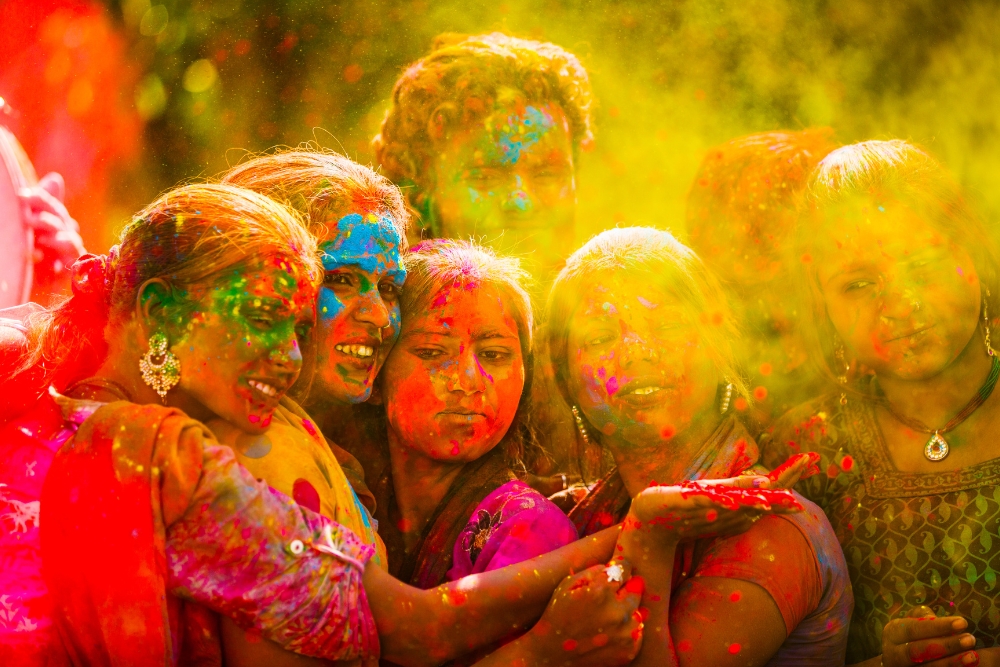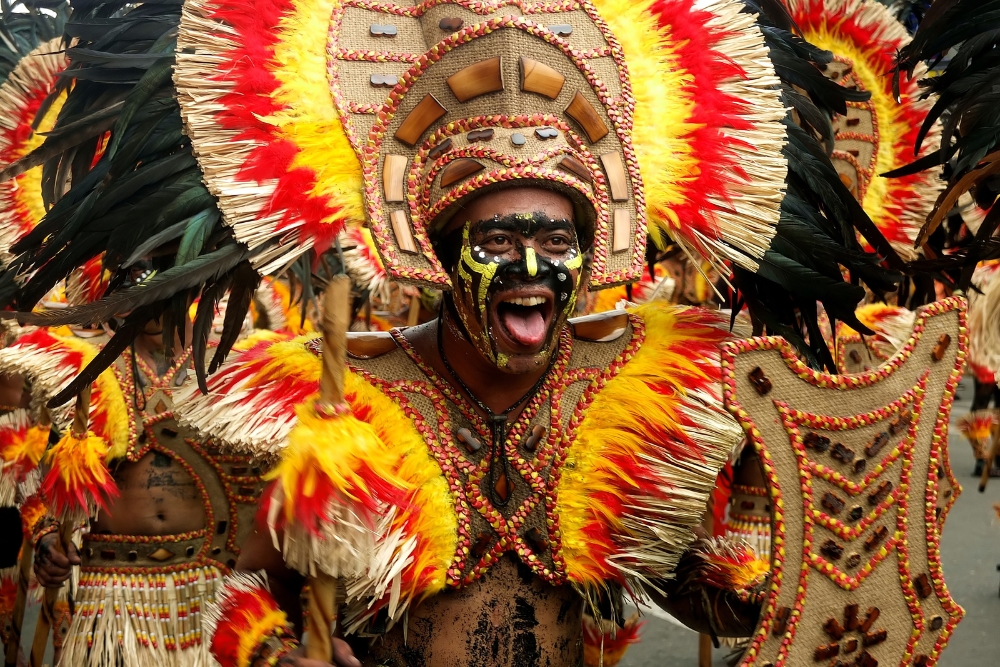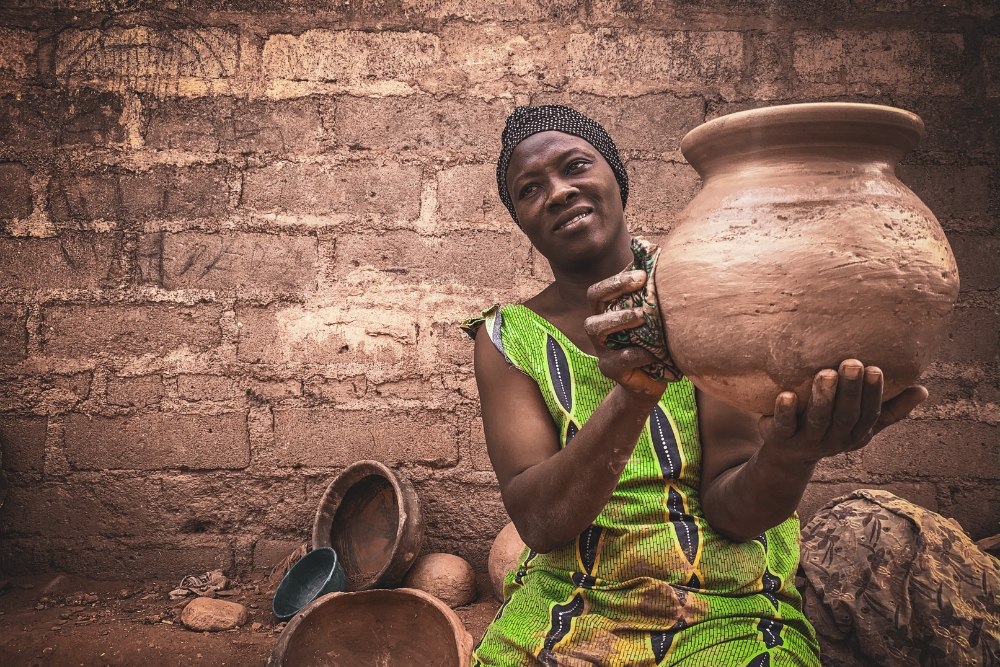Imagine yourself as a travel writer, diving headfirst into the vibrant tapestry of local cultures around the world. As you navigate through bustling markets, sip on aromatic teas in hidden cafes, and dance to the rhythm of street festivals, you begin to uncover the essence of each place you visit. In this article, we will explore the techniques and strategies that allow you to immerse yourself fully in the local culture as a travel writer. From learning the language to embracing local customs, get ready to embark on an unforgettable journey of connection and discovery. Get your pen ready, it’s time to unveil the essence of each destination.
Understanding the Importance of Immersing in Local Cultures
Cultural Immersion: The Key to Authentic Travel Writing
When it comes to travel writing, there is an undeniable allure to capturing the essence of a destination. As a travel writer, you have the power to transport your readers to far-off lands and immerse them in the rich tapestry of local cultures. However, to truly unearth the hidden gems and capture the authenticity of a place, it is vital to immerse yourself in the local culture. By diving deep into the heart of a destination, you can unlock a wealth of stories and experiences that will resonate with your readers.
Benefits of Immersing Yourself in Local Cultures as a Travel Writer
Immersing yourself in local cultures goes beyond the surface-level tourist experience. It allows you to develop a deeper understanding of a destination, its people, and its traditions. By venturing beyond the familiar paths and engaging with the local community, you gain unique insights that cannot be found in guidebooks or online resources. This firsthand experience not only enhances your ability to write compelling travel narratives but also enriches your personal growth and cultural sensitivity.
Preparation and Research: Setting the Stage for Immersion
Choosing the Right Destination
Selecting the right destination is the first step in immersing yourself in a local culture as a travel writer. Consider places that pique your interest and align with the kind of stories you wish to tell. Look for destinations that offer a diverse range of cultural experiences and have a rich history and vibrant traditions. Choosing a destination that resonates with you will fuel your passion for exploration and make the immersion process all the more rewarding.
Learning about the Local Language and Customs
To truly immerse in a local culture, it is essential to learn about the local language and customs. Even basic knowledge of common phrases and greetings can help build rapport with locals and demonstrate your respect for their culture. Additionally, understanding the customs and cultural norms of the place you are visiting will help you navigate social situations and avoid inadvertently causing offense.
Studying the History and Traditions of the Place
Before embarking on your journey, take the time to study the history and traditions of the destination. Familiarize yourself with significant historical events, influential figures, and cultural practices that shape the local identity. This background knowledge will provide context and depth to your travel writing, enabling you to weave together stories that resonate with readers and accurately reflect the spirit of the place.
Becoming a Temporary Local: Tips for Blending In
Dress and Appearance: Adapting to the Local Style
One way to immerse yourself in local cultures is to adapt your dress and appearance to the local style. Dressing in attire commonly worn by locals not only allows you to blend in but also shows your respect for their traditions and values. By observing and emulating the local fashion, you create an immediate connection and facilitate deeper interactions with the local community.
Communicating with Locals: Language and Etiquette
Interacting with locals is crucial for immersing in a local culture. Learning the local language, as mentioned earlier, is immensely helpful in building meaningful connections. However, even if you do not speak the language fluently, embracing the universal language of kindness and respect can go a long way. Politeness, patience, and a willingness to listen can bridge the gap between cultures and open doors to authentic conversations and experiences.
Exploring Local Haunts: Places Off the Tourist Path
While popular tourist attractions offer glimpses into a destination’s culture, immersing yourself in local cultures requires going beyond the beaten path. Seek out hidden gems and lesser-known areas frequented by locals. Whether it’s neighborhood markets, hole-in-the-wall eateries, or quaint coffee shops, these local haunts offer opportunities to mingle with residents, engage in conversations, and gain first-hand insights that will breathe life into your travel writing.
Participating in Local Events and Festivals

Understanding the Significance of Events and Festivals
Attending local events and festivals is an integral part of the immersion process. These celebrations are often the heartbeat of a community, showcasing its traditions, values, and heritage. Understanding the significance of these events helps you appreciate their cultural importance and allows you to capture the spirit and energy in your travel writing. Whether it’s a religious ceremony, a music festival, or a traditional dance performance, participating in these events grants you unique access to the heartbeat of a culture.
Researching Upcoming Events and Planning Ahead
To fully participate in local events and festivals, thorough research is vital. Look for upcoming events during your visit and plan your itinerary accordingly. Explore local event listings, consult tourism boards, or connect with locals who can provide valuable insights and recommendations. By planning ahead, you can align your travel dates with significant events and ensure that you do not miss out on the opportunity to immerse yourself fully.
Getting Involved: Participating and Documenting
Participation is at the core of cultural immersion. Embrace the opportunity to actively engage in events and festivals. Learn a traditional dance, try local delicacies, or join in communal activities. By actively involving yourself, you not only gain a hands-on experience but also foster connections with the local community. Document your experiences through photographs, written accounts, or even videos to capture the essence of the event and share it with your readers.
Engaging with the Local Community
Connecting with Locals: Building Relationships
Building relationships with locals is an invaluable aspect of immersing in local cultures. Engage in genuine conversations, ask questions, and show an interest in their lives. Locals are often more than willing to share their stories, traditions, and unique perspectives. These interactions provide a wealth of information and personal anecdotes that breathe life into your travel narratives, making them authentic and relatable.
Eating and Drinking Locally: Trying Authentic Cuisine
Culinary experiences are windows into a culture’s soul. Immerse yourself in the local food scene by trying authentic cuisine. Step away from familiar dishes and explore street food stalls, family-run restaurants, or local markets. Take part in cooking classes or dine with locals in their homes. Food not only satisfies the stomach but also serves as a gateway to understanding culinary traditions, local ingredients, and the cultural significance of various dishes.
Volunteering and Giving Back to the Community
As a travel writer, you have the power to give back to the communities that shape your narratives. Seek out opportunities to volunteer, engage in sustainable tourism initiatives, or support local businesses and artisans. By actively contributing to the communities you visit, you forge deeper connections and become an advocate for their cultures and traditions. These experiences will enrich your travel writing and allow you to create stories that highlight the positive impacts you have made.
Immersion Through Arts, Crafts, and Traditions

Exploring Traditional Arts and Crafts
Traditional arts and crafts offer a fascinating lens into a culture’s history, creativity, and craftsmanship. Explore local art forms such as pottery, weaving, painting, or jewelry making. Visit workshops, art galleries, or artisan communities to witness the skill and passion that goes into these traditional crafts. By immersing yourself in the world of artisans, you gain firsthand knowledge of their techniques, inspirations, and the stories embedded in their creations.
Attending Workshops and Learning from Local Artisans
Immersing in local cultures often involves active participation. Attend workshops led by local artisans to learn traditional art forms or craft techniques. Whether it’s pottery throwing, batik printing, or wood carving, these workshops provide a hands-on experience that transcends language barriers. By engaging in the creative process alongside skilled artisans, you gain a profound appreciation for their artistry and can authentically share their stories through your travel writing.
Documenting the Stories Behind Local Traditions
As you delve into local arts, crafts, and traditions, it is essential to document the stories that breathe life into them. Engage in conversations with artisans, historians, or local experts who can provide insights into the cultural heritage and significance of these traditions. Capture these stories through interviews, photographs, or written accounts. By sharing these narratives, you shed light on the intricate tapestry of a culture and ensure that its traditions are understood and cherished.
Exploring the Local Landscape and Nature
Understanding the Environment and Geographic Features
Immersing in local cultures is not limited to human interactions; it also involves connecting with the natural surroundings. Understand the environment and geographic features of the destination you are exploring. Study the local flora, understand the ecological significance of natural wonders, and familiarize yourself with conservation efforts. By appreciating the natural heritage of a place, you can capture its beauty and show how it interacts harmoniously with the local culture.
Hiking, Trekking, or Exploring Local Natural Wonders
Venturing into local landscapes offers unparalleled opportunities for immersion. Explore hiking trails, go trekking in mountainous regions, or visit natural wonders that hold cultural significance. Whether it’s scaling a volcano, swimming in pristine waters, or observing unique wildlife, these experiences allow you to witness the symbiotic relationship between a culture and its environment. The sights, sounds, and scents of the natural world become an integral part of your travel narratives, adding depth and authenticity.
Capturing the Beauty of the Local Flora and Fauna
As a travel writer, it is your responsibility to capture and convey the beauty of the local flora and fauna. Keep your camera ready to photograph breathtaking landscapes, vibrant flowers, or elusive wildlife. Take the time to understand the ecological context of these natural elements, which will enable you to highlight their importance in the local culture. Through your visual storytelling, you can awaken an appreciation for the environment and inspire readers to protect and cherish these natural treasures.
Delving into Local History and Heritage
Visiting Historical Sites and Landmarks
To immerse in local cultures, exploring historical sites and landmarks is a must. These sites provide a gateway into the past, offering glimpses into the history, architecture, and societal influences that have shaped a culture. Wander through ancient ruins, visit UNESCO World Heritage sites, or explore museums dedicated to preserving the local heritage. Each of these encounters will deepen your understanding of a destination’s cultural roots, enabling you to craft rich and insightful travel narratives.
Understanding the Roots and Influences of Local Culture
Local culture is inherently shaped by a complex interplay of historical events, migrations, and interactions with different societies. Dive into the depths of a culture’s roots and understand the influences that have shaped its identity. Research colonial legacies, indigenous traditions, and waves of immigration that have left indelible marks on the local culture. This knowledge will enable you to connect the dots and reveal the layers of complexity that define the culture you are immersing in.
Interviewing Local Historians and Experts
To gain deeper insights into the local history and heritage, seek out conversations with local historians and experts. These individuals possess a wealth of knowledge and can offer unique perspectives on the cultural fabric of the destination. Arrange interviews with museum curators, archaeologists, or cultural researchers who can share stories and provide context to historical narratives. Through these interviews, you can breathe life into the past and enrich your travel writing with nuanced details and expert insights.
Challenges and Solutions: Overcoming Language Barriers and Cultural Differences
Language Barriers: Techniques for Effective Communication
Language barriers are inevitable while immersing in local cultures. However, there are techniques you can employ to overcome these challenges. Learn basic greetings and phrases in the local language to demonstrate your effort and respect. Utilize translation apps, carry a pocket dictionary, or rely on visual communication when words fail. Additionally, use nonverbal cues such as gestures, facial expressions, and body language to bridge the gap and foster understanding.
Navigating Cultural Differences: Respect and Adaptation
Cultural differences may sometimes pose challenges during cultural immersion. It is essential to approach these differences with respect and adaptability. Observe and emulate local customs, norms, and etiquette to demonstrate your willingness to assimilate. Be open-minded, suspend judgment, and embrace the beauty of diversity. By engaging with cultural differences positively, you can gain a deeper understanding of the local culture and showcase its richness in your travel writing.
Dealing with Uncomfortable Situations: Sensitivity and Openness
Uncomfortable situations may occasionally arise during cultural immersion. It is crucial to approach these instances with sensitivity and openness. Respect cultural taboos, be mindful of personal boundaries, and strive to understand the root cause of discomfort. Be proactive in seeking guidance from locals, apologizing if necessary, and using these experiences as opportunities for personal growth. Authentic travel writing reflects the full spectrum of experiences, including the challenges, and by addressing them with empathy, you create a more comprehensive portrayal of the local culture.
Documenting the Immersion: Transforming Experiences into Compelling Stories
Choosing the Right Medium: Writing, Photography, or Video
Documenting your immersion experiences requires choosing the right medium to tell your stories. Consider whether your strengths lie in writing, photography, or videography. Each medium offers a unique way of capturing and conveying the essence of a destination. Experiment with different techniques, hone your skills, and leverage your chosen medium to transport your readers to the heart of your experiences.
Highlighting the Unique Aspects: People, Places, and Experiences
To create compelling travel narratives, it is crucial to highlight the unique aspects of your immersion experiences. Showcase the people you meet, their stories, and the connections you forge. Paint vivid descriptions of the places you explore, capturing the atmosphere, sights, and sounds. Share the encounters, challenges, and lessons that shape your journey. By focusing on the distinctiveness of your experiences, you can craft narratives that resonate with readers and inspire their own cultural exploration.
Crafting a Narrative: Weaving Together Personal Observations and Local Insights
Crafting a narrative that encapsulates the essence of your immersion experiences requires weaving together personal observations and local insights. Blend your perspectives as a traveler with the knowledge and perspectives you gain from the local community. Through storytelling, create a tapestry that brings together your firsthand experiences, historical context, cultural significance, and the emotions you felt along the way. Let your narrative transport readers to the destination and invite them to embark on their own cultural immersion journeys.
In conclusion, immersing yourself in local cultures as a travel writer is the key to delivering authentic and compelling narratives. From thorough research and preparation to actively engaging with the local community, each step of the immersion process contributes to a deeper understanding of a destination and its cultural tapestry. By embracing the challenges, building relationships, and documenting your experiences, you can create travel narratives that resonate with readers and showcase the richness and diversity of our world.
Photos: Canva Pro
You may also like: The Importance of Travel Research: How to Write Accurate Travel Stories
